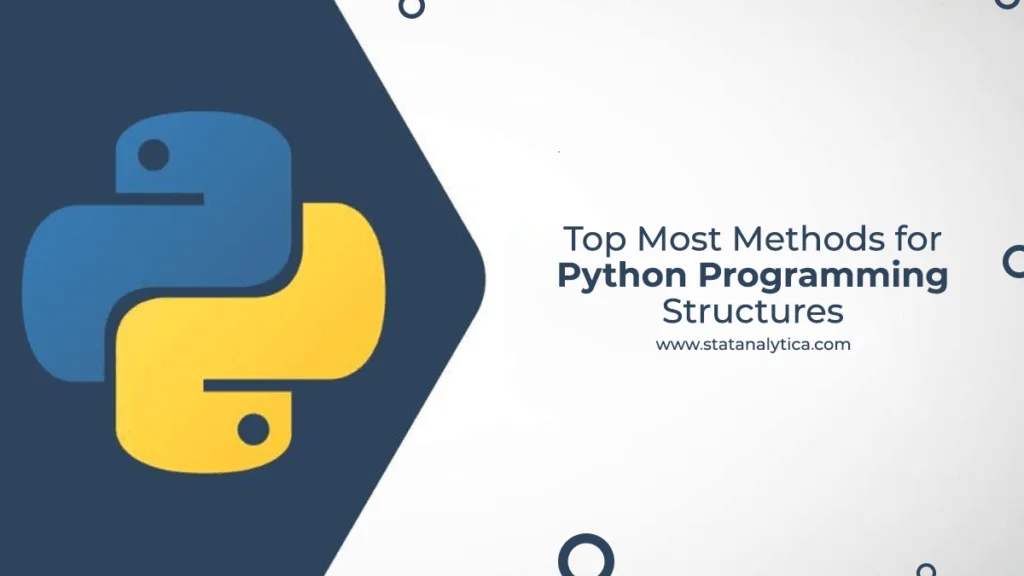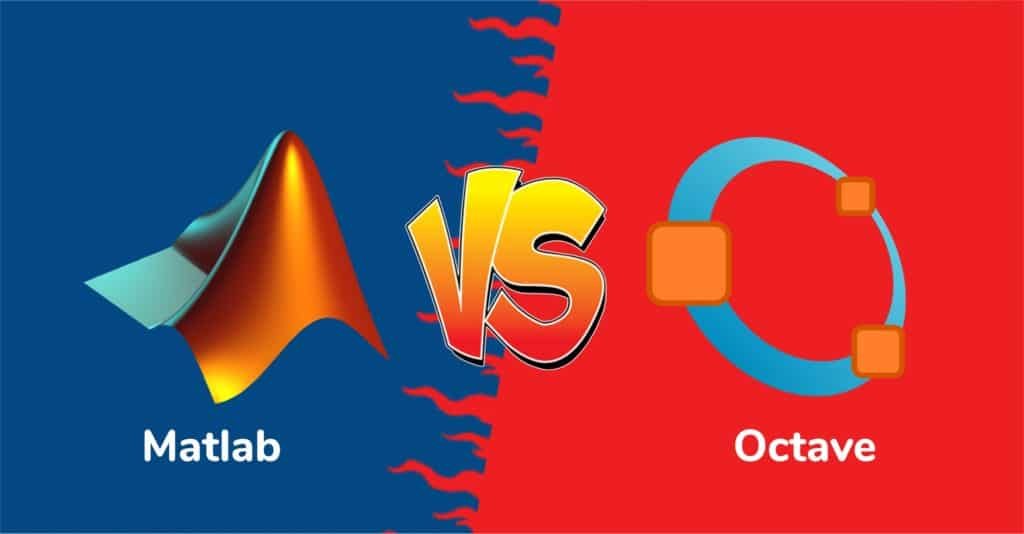Structure means writing clean codes whose dependencies and logic are cleared and organizing the folders and files within the filesystem. This article has detailed the Python programming structure methods that will help you organize your projects.
These structures will also support you in formatting the project codes. We have listed the various structuring methods that you can use as per your need. So, let’s check all those structuring formats with the relevant examples.
Do you have any pending Python programming assignments, then don’t worry. We are here to help you. We provide the best Python programming assignment help at an affordable price.
Methods for Python programming structures
Table of Contents
Here are some of the methods for python programming structures which are as follows:
Python Statement
Python Statement (Python Programming Structure). It is known to all that the interpreter always reads and executes the given projects’ statements line by line or sequentially. But, some of the statements can be used to change the project behavior, such as conditional statements. The Python projects’ statements are usually written in a specified format in which a single statement needs to write within a single line. The python interpreter always read the ‘new character of a new line’ as the termination of the above-stated instruction. This does not mean that you can not write multiple statements per line. Let’s take the example of single statements.
| Example 1 | Example 2 |
| print(‘Welcome to Statanalytica’) Output: Welcome to Statanalytica | x = [5, 6, 7, 8] # x[1:3] (it means that the pointer will start from index 1 and will go to index 3. print(x[1:3]) Output: [6, 7] |
Multiple Statement per Line
As We have already stated that multiple statements per line python programming structure make it possible to write multiple statements per line, but as per experts, it is not considered to be a good practice because multiple statement lines can reduce the code’s readability. Therefore, it would be beneficial to avoid writing multiple statements within a line. But if you find that there is a requirement to write multiple statements, you can terminate a single statement using “;” “;” at the end of a statement.
| Example |
| x = 5; y = 10; z = y + x print(x); print(y); print(z) Output:51015 |
Line Continuation
This Python programming structure is used to avoid right and left scrolling. You have noticed that some programming statements become lengthy that require scrolling the program screen right and left to check it. But with the help of line continuation, you can easily fit your program without scrolling here and there. This is one of the benefits of using python programming as it enables the programmers to write a statement within multiple lines (This is termed as line continuation). There is also a benefit of using line continuation that also improves the readability.
| Example |
| The below-mentioned code has a wider length. p = 5q = 10r = 15no_of_teachers = pno_of_male_students = qno_of_female_students = r if (no_of_teachers == 5 and no_of_male_students == 10 and no_of_female_students == 15 and (p + q) == 15): print(‘The course is valid’) # Instead of this, you can write it as: if (no_of_teachers == 5 and no_of_male_students == 10 and no_of_female_students == 15 and p + q == 15): print(‘The course is valid’) |
Comments in Python
With the help of comments, you can increase the readability of the code as it defines the use and details about the code. Comments are also helpful for writing the details against the group of statements or a statement. The interpreter always ignores the given comments during the interpretation of the data. To comment on the particular thing, you can use Triple Double Quotation marks(“”) or Hash (#). Triple Quotation Marks use for writing several line comments. Hash uses to write single-line comments.
| Example of ‘Hash’ (#) | Example of Triple Double Quotation marks(“””) |
| print(‘Hello World’) ##### It is an example to print Hello World ##### | “”” It is an example to display multiple comments “”” “”” The given variable includes the string ‘Who are you?’ “x = ‘Who are you?’ “”” The given statement will print the value that is inside the variable x “””print(x) |
White Spaces
Whitespace is not required in various cases; that is why they get ignored by the Python interpreter. But it is used for Python programming structures. Whenever it gets cleared that where the one-line statement ends and where the next one gets started, then the whitespace would be omitted. This is the case where the special non-alphanumeric characters and variables are included.
| Example |
| # This is the right # Whitespace where you can enhance the readability. a = 5flag =(a == 5)and(a < 10) print(flag) “”” Readable form could be as follows a = 5 flag = (a == 5) and (a < 10) print(flag) “”” |
Whitespaces are also required to separate the keywords from other keywords or variables.
| Example |
| a = [4, 5, 6] b = 5 “”” The code is incorrect, and it generates a syntax error p = bin a “”” # Correct version will be written as p = b in a print(b) |
Whitespaces as Indentation
The Python programs’ syntax is quite easy, but the programmer needs to take care of all the Python programming structures. In the Python programs, you can use indentation. Whitespace used in the indentation before the particular statement has a significant role as it offers different meanings.
| Example |
| print(‘xyz’) # Right print(‘xyz’) # It generates an error # The error can be as an ‘unexpected indent.’ |
The leading white space can be used to get the statements’ group, such as control structures or in loops, etc.
| Example |
| a = 8 while(a != 0): if(a > 4): # Line 1 print(‘a > 4‘) # Line 2 else: # Line 3 print(‘a < 4‘) # Line 4 a -= 1 # Line 5 “”” Lines 1, 3, 5 will be on the same level.Whereas Line 2 will only execute if ‘if condition’ is true. Otherwise, Line 4 will execute if ‘if condition’ is false. “””Output x > 4x > 4x > 4x < 4x < 4 |
Conclusion
Writing the Python programs might seem easy for the programmers because of the Python syntax’s simplicity. But it is always necessary that your project code must be written in the proper format. In this blog, we have listed the Python programming structures that you can easily use for lengthy codes.
Moreover, we have provided suitable examples so that you can easily learn the methods to use these structures. If you still face any issue with the Python programs’ structuring, comment us in the below section and help you solve it. our experts provide help with python and python programming assignments.
FAQ (Frequently Asked Questions)
Q1. Is it possible to utilize Python for structured programming?
Structured programming is carried out in a structured programming language, including PHP, C#, C++, Java, Visual Basic, and Python.
Q2. In Python, how do you use data structures?
Use Python’s built-in str function if textual data is encoded as Unicode characters. Use a list of characters if you need a flexible string-like data structure. Use the immutable bytes type to store a continuous block of bytes or a byte array if you need a flexible data structure.


